DIRECTIONS – Take notes! Do not rush through the 6 steps below! ALSO- MOVIE TIME for #7!
1. Know what is your AP focus (objective). Go to your Unit Guide For APWH – p. 78. Review Using the Unit Guide.
2. TIME MAP
World Map 1453 CE All the advances made in all regions of Eurasia have now reached Europe. Here, they combine and fizz, and begin to change every aspect of European civilization.
North America 1453 CE The Aztecs are now building their empire in Central America.
South America 1453 CE The Inca empire has begun its expansion.
Oceania 1453 CE Easter Island statues getting larger!
National Geographic – Interactive Mapping
3.
- Ch 7 (p. 172) (the whole chapter, the whole enchilada).
- Use the following resource: Textbook Reading Guidelines
4.
| Video | Content | Historical Thinking Skills |
|---|---|---|
| 1st Video | technologies that made European exploration possible between 1450 and 1750 | 4A – providing context for historical developments |
5.
 In this video Heimler explores Unit 4 Topic 1 of the AP World History curriculum which spans from 1450-1750. The main idea in this Unit is the expansion of sea-based (maritime) empires.
In this video Heimler explores Unit 4 Topic 1 of the AP World History curriculum which spans from 1450-1750. The main idea in this Unit is the expansion of sea-based (maritime) empires.
In Topic 1 Heimler explains the maritime technology that made the expansion of sea-based empires possible. There were developments in tools like the astrolabe, the magnetic compass, astrological charts, and maps of wind patterns.
Also new trade ships were created. The Portuguese created the caravel and the Dutch created the fluyt. Both ships used the lateen sail and smaller form factors to increase their abilities to expand trade in the age of exploration.
6. Freemanpedia-pedia: CLICK HERE
7. Movie Time! Watch and enjoy the following:
Rapa Nui
1492: Conquest of Paradise
The Mission
Aguirre, Wrath of God
The above movies may contain adult material so be sure to watch them with your parents or guardian. Also, be sure to focus on the visual and cultural interpretations that the movies offer (but be wary and skeptical of the over dramatization and historical inaccuracies that the movies may also contain).
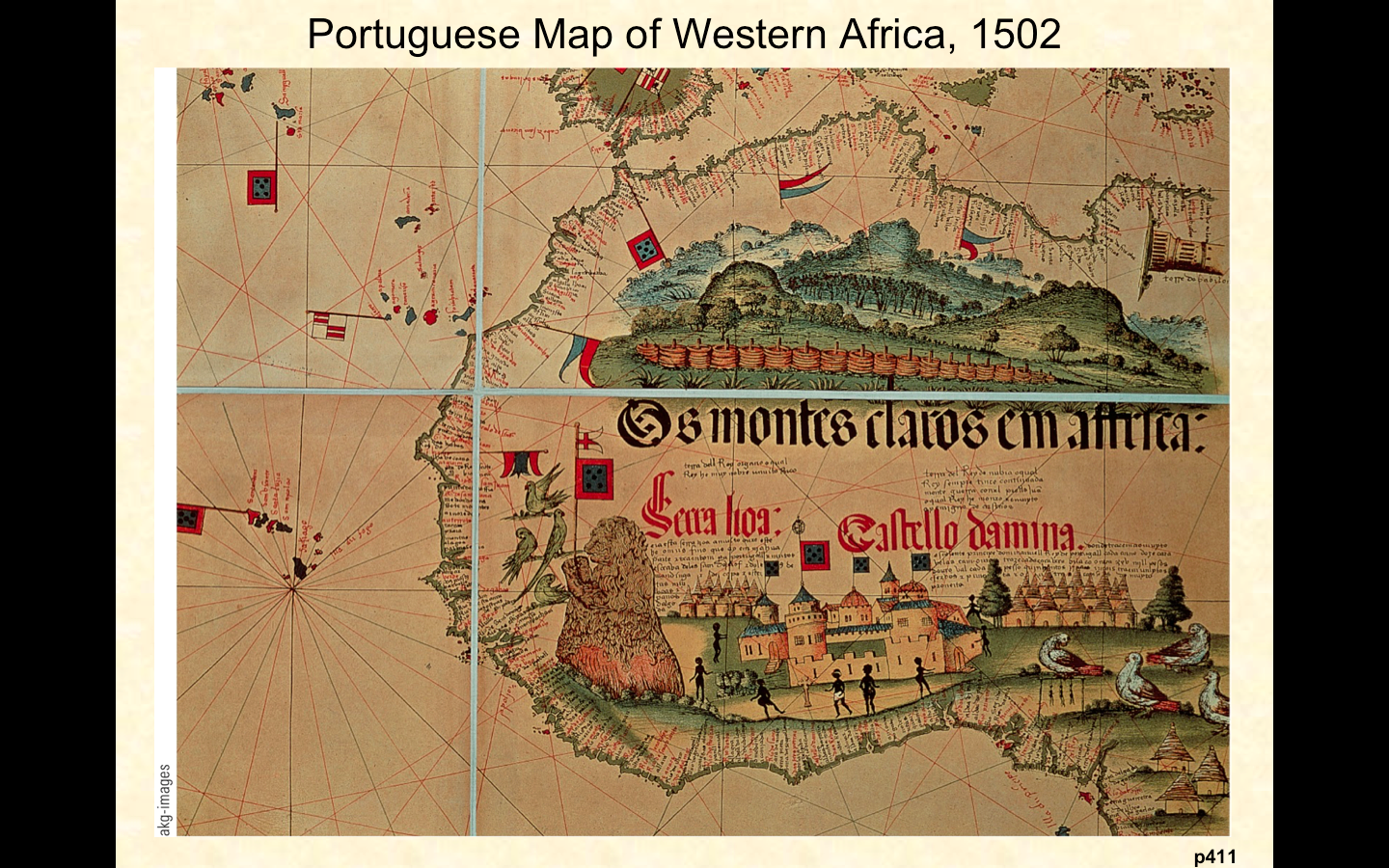
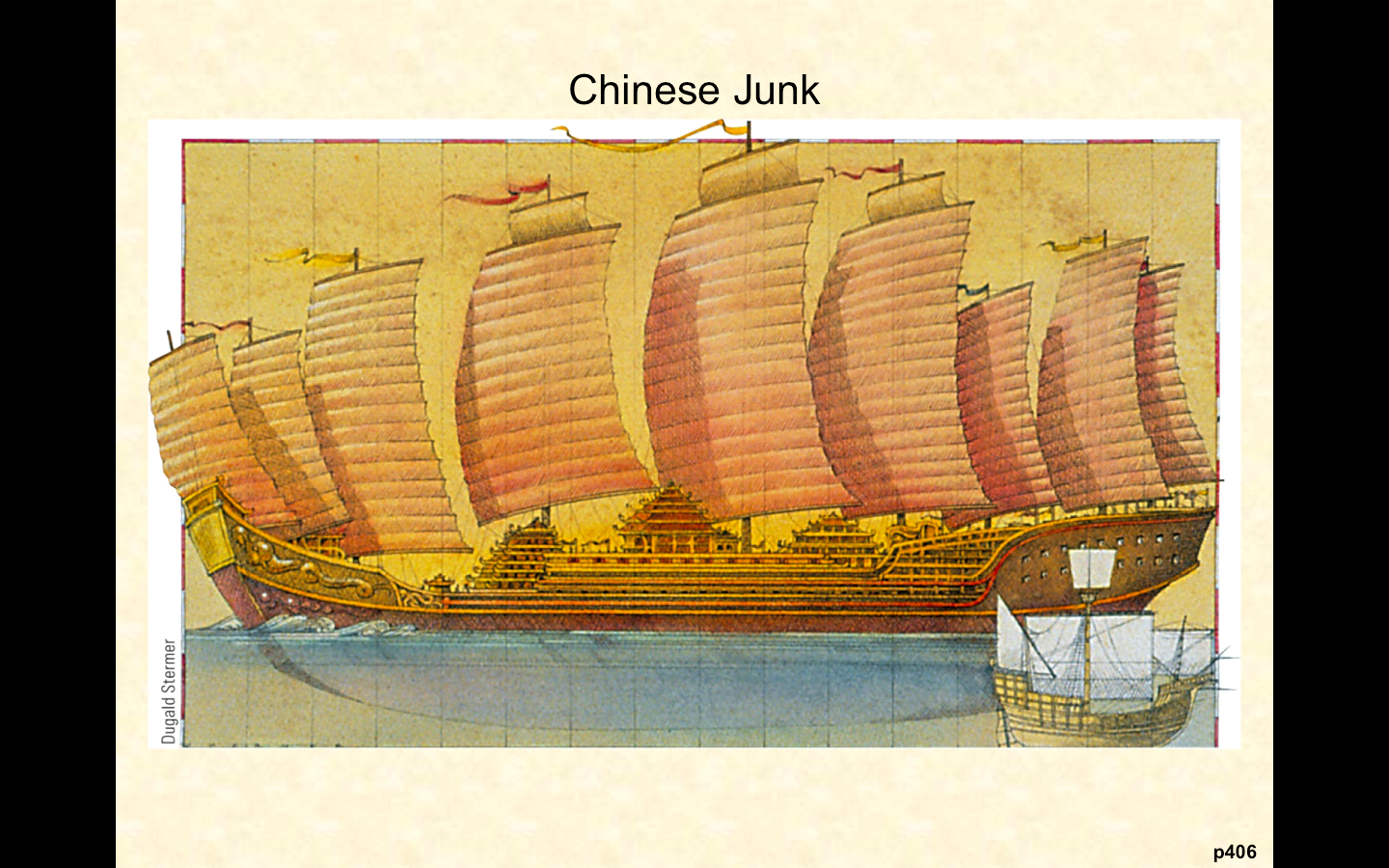 Chinese Junk. This modern drawing shows how much larger one of Zheng He’s ships was than one of Vasco da Gama’s vessels. Watertight interior bulkheads made junks the most seaworthy large ships of the fifteenth century. Sails made of pleated bamboo matting hung from the junk’s masts, and a stern rudder provided steering. European ships of exploration, though smaller, were faster and more maneuverable.
Chinese Junk. This modern drawing shows how much larger one of Zheng He’s ships was than one of Vasco da Gama’s vessels. Watertight interior bulkheads made junks the most seaworthy large ships of the fifteenth century. Sails made of pleated bamboo matting hung from the junk’s masts, and a stern rudder provided steering. European ships of exploration, though smaller, were faster and more maneuverable.


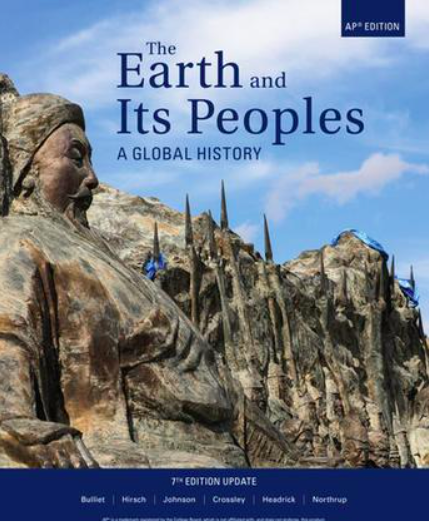

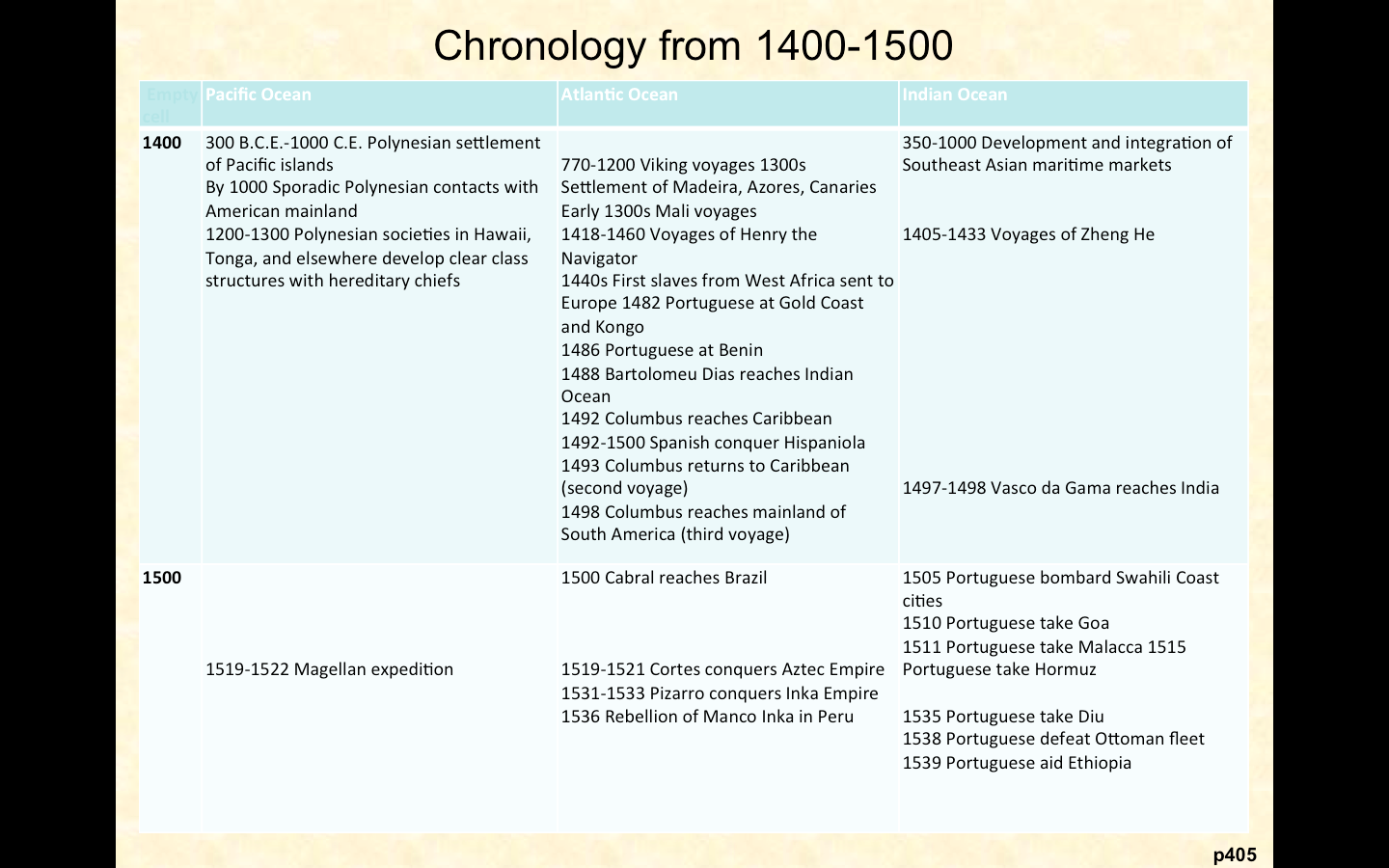
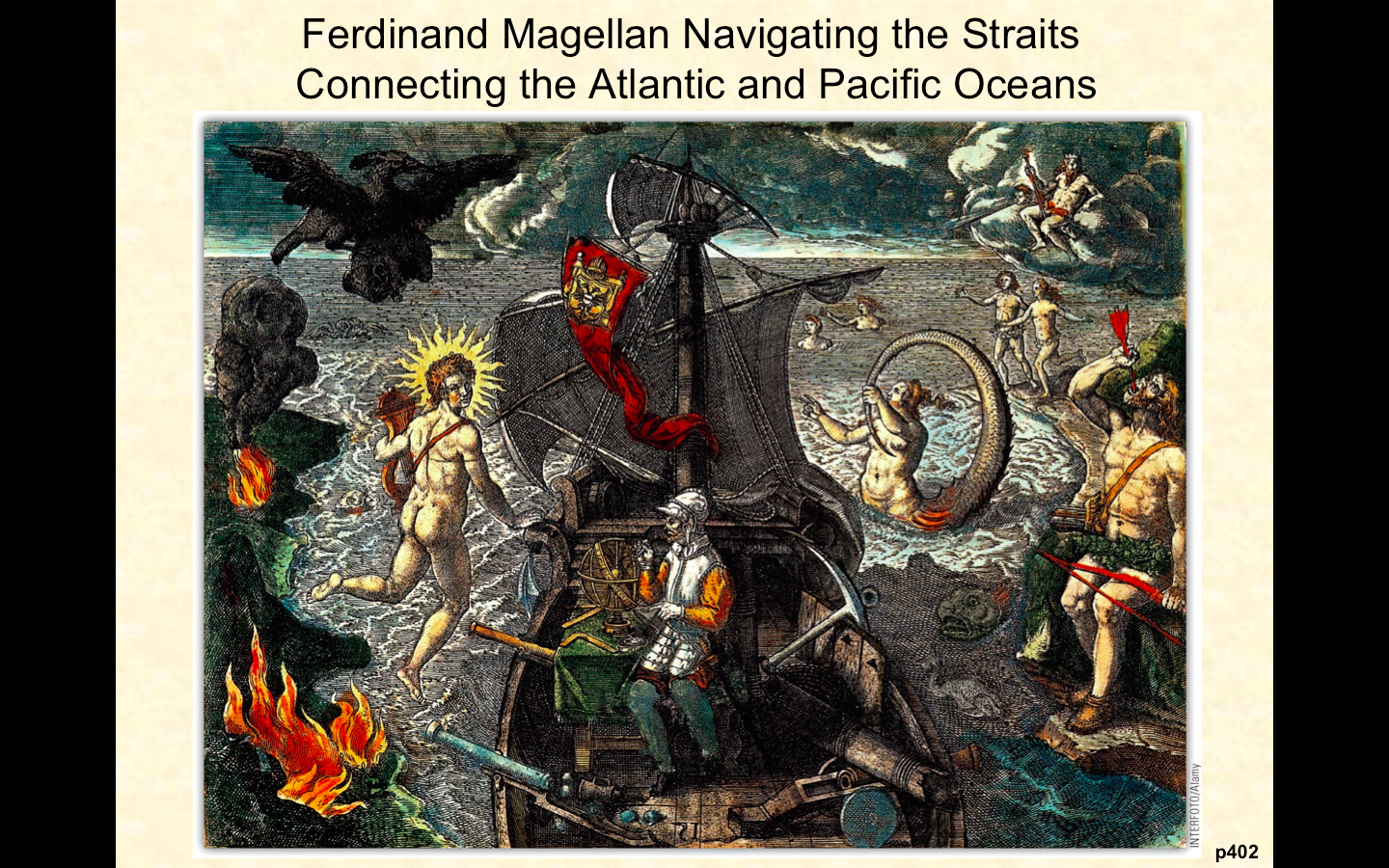
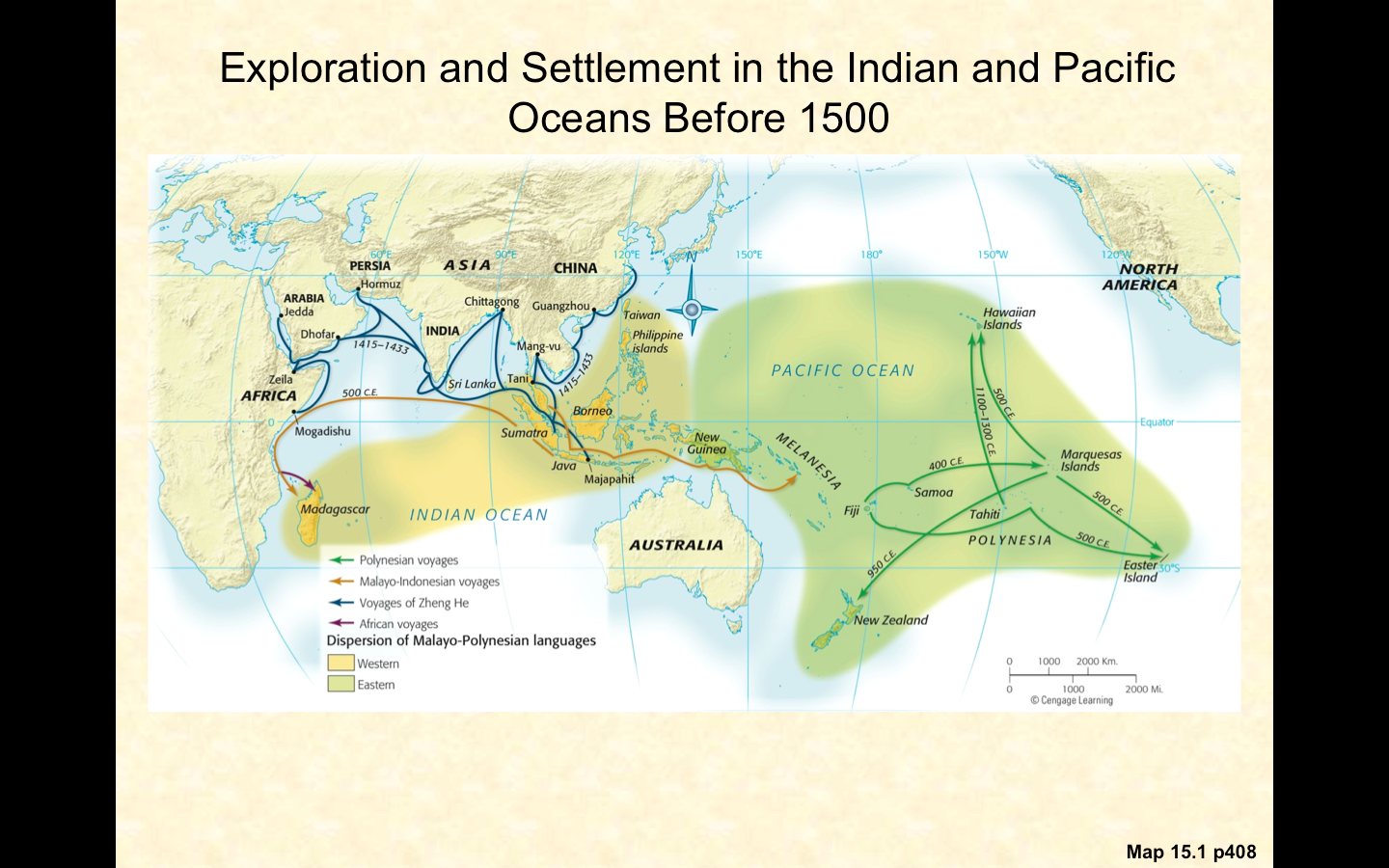
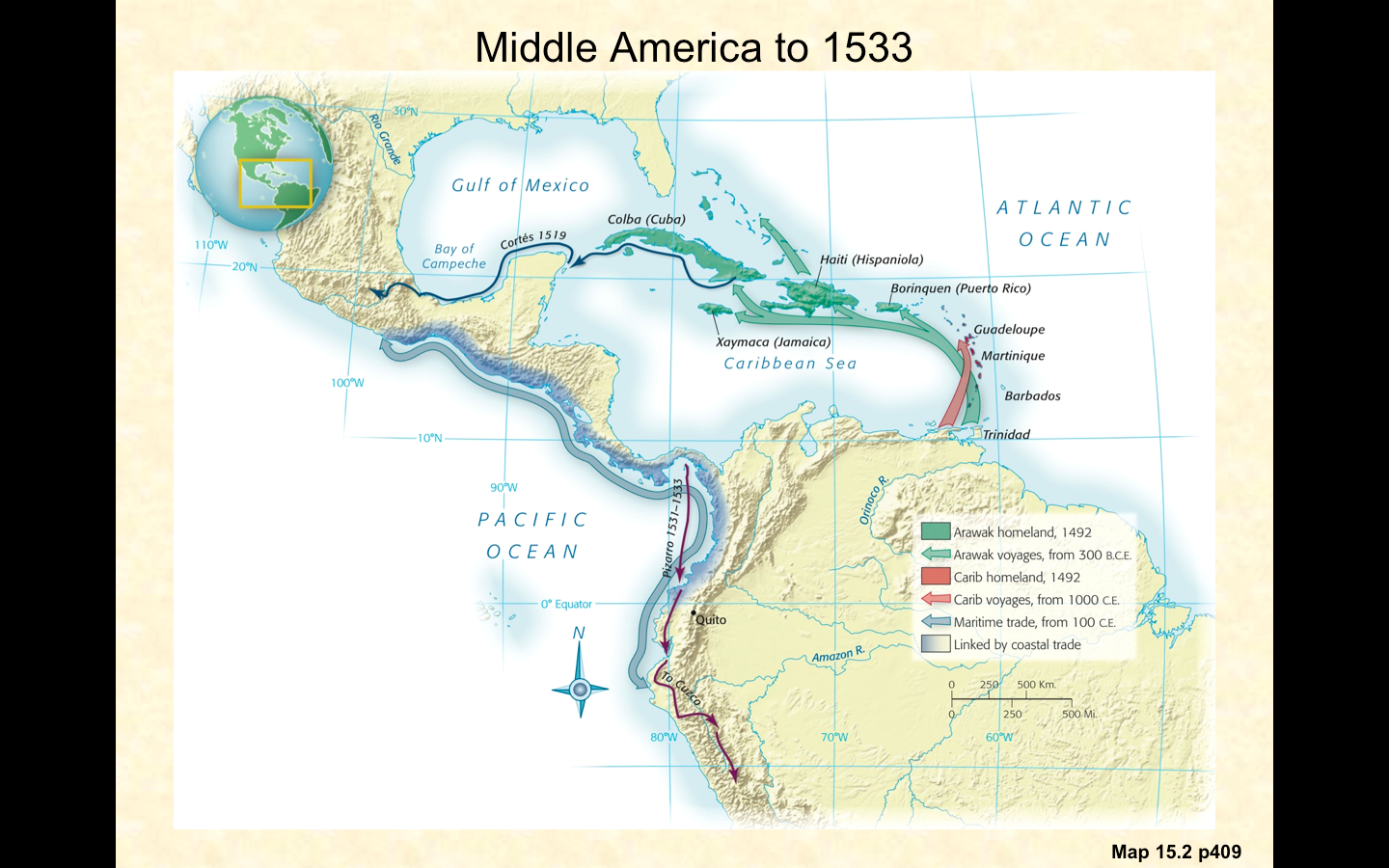
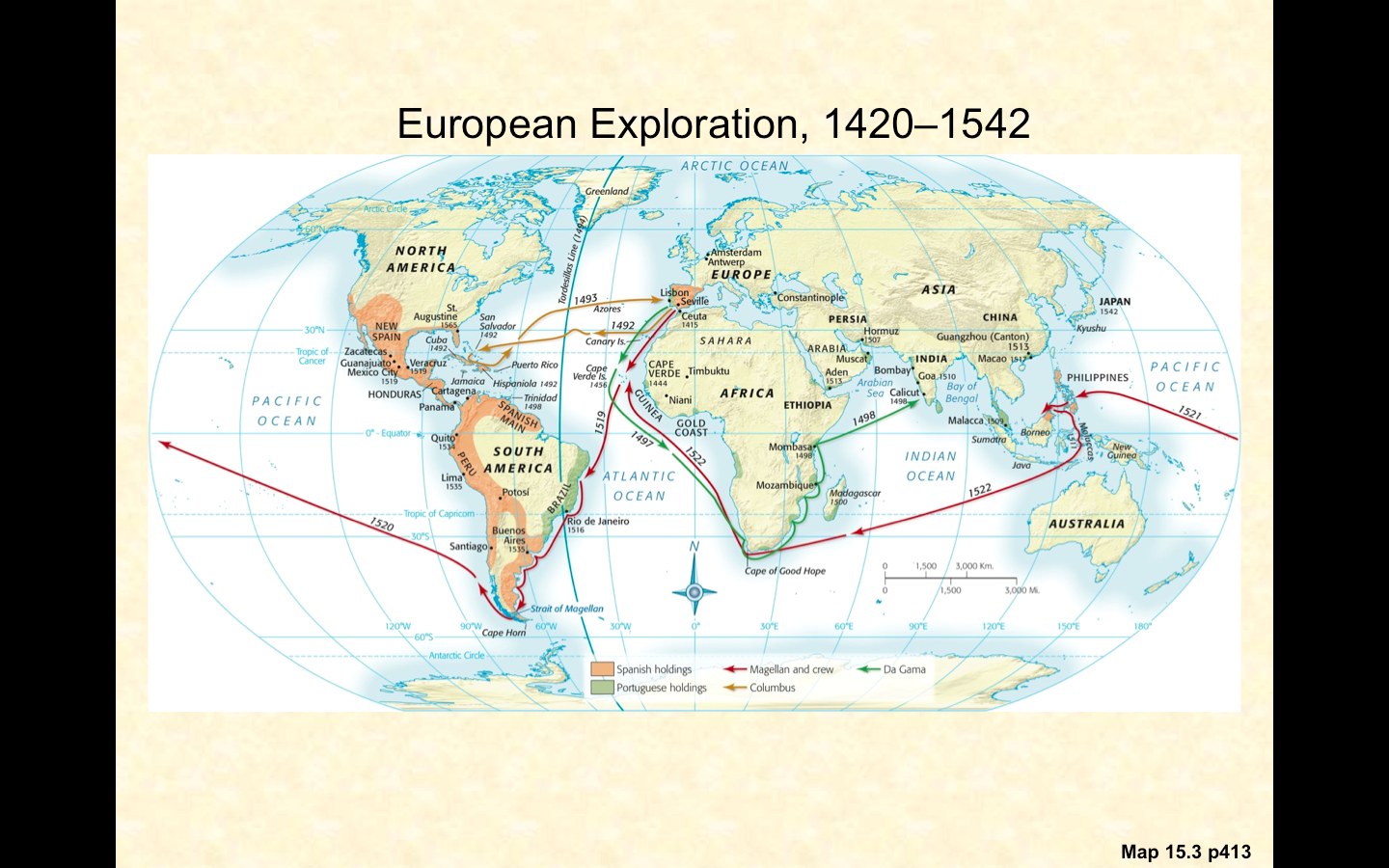
You must be logged in to post a comment.